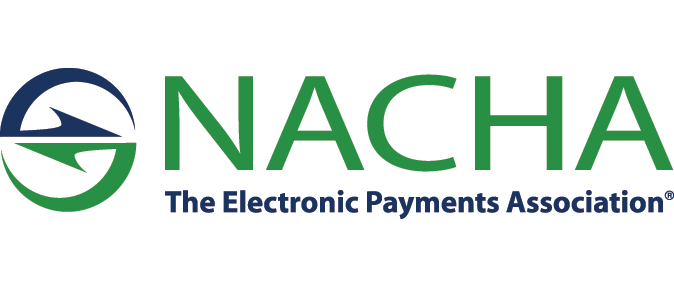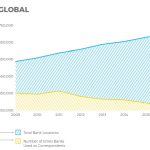According to a new survey conducted by Credit Research Foundation (CRF) in partnership with NACHA, credit and account receivables professionals anticipate that ACH transactions will surpass checks as the leading form of payment received from business customers by 2020.
 Currently, checks account for almost 50 percent of payments (down from 63% in 2014); ACH 32% (up from 22% in 2014), cards 11% (up from 8% in 2014), and cash and wire 8% (up from 7% in 2014). By 2020, respondents anticipate that ACH will account for 45% of payments, checks 34%, cards 12.5%, and cash and wire 8.5%.
Currently, checks account for almost 50 percent of payments (down from 63% in 2014); ACH 32% (up from 22% in 2014), cards 11% (up from 8% in 2014), and cash and wire 8% (up from 7% in 2014). By 2020, respondents anticipate that ACH will account for 45% of payments, checks 34%, cards 12.5%, and cash and wire 8.5%.
“The big growth in ACH payments anticipated by credit and receivables professionals in just three years is truly significant,” said Rob Unger, Senior Director, Corporate Relations and Product Management, NACHA.
“It demonstrates the growing importance of ACH payments to support the evolving needs and goals of businesses. Because they are electronic, allow for remittance in a variety of formats to be sent with the payment, are more cost-effective than some other payments options, and can be received quickly, ACH payments are becoming a very attractive option to both accounts payable and accounts receivable professionals.”
“Today, credit executives are tasked with managing cash flow from accounts receivable efficiently and effectively, and keeping the general ledger of accounts receivable as clean as possible,” continues Matt Skudera, VP of Research and Education, CRF.
“Moving to electronic payments enables credit executives to meet these challenges by allowing for more consistent processes, greater control in operations, better management of cash flow position, and more. ACH helps credit executives get one step closer to the nirvana they all seek….. 100% straight throughput processing”
In addition to benchmarking current and future payment trends, the survey revealed reasons for the changes in payments use. According to the survey, internal factors (29%); technology improvements (28%); customer push (23%); cost (13%); and card/bank push (7%) drove increases and decreases in payment use.
Despite the actual and anticipated growth of ACH payments, businesses still face some issues with respect to ACH adoption. Overwhelmingly, credit and account receivables professionals want to be paid via ACH.
Almost 80% cite ACH as their most preferred method of receiving payments. But barriers to receiving ACH payments still exist. 45% of credit and receivables professionals indicate that they have some customers that are not capable of sending ACH payments. Another 34% say that their customers can send ACH payments, but do not properly send remittance with the payment. And another 21% suggest that their organizations do not have the proper systems and/or resources to effectively use ACH.
“The survey clearly shows that there is great interest, use and opportunity in ACH payments,” says Unger. “Continued education, exploration of new tools and services like robotic automation of cash application, and leveraging new tactics, such as effectively providing education and marketing ACH to customers, will help break down the barriers to adoption and allow businesses to reap the benefits ACH payments provide.”



